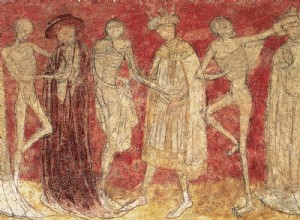It is known, from scientific and documentary evidence, that the city of Rome suffered up to five earthquakes between the end of Antiquity and the beginning of the Middle Ages. These events happened in the years 443, 484 or 508, 618, 801 and 847. The first of them, from the year 443, is mentioned in




